Linden trees are a large tree that has about 30 different species and types. While they also grow to be quite tall, they have a very long lifespan as well. Most have a lifespan of several hundred years but there are some Linden trees that have lived thousands of years as well.
Two times per year the Linden tree will bloom and it’s a great food source for bees and other insects.
Let’s dive into all the Linden Tree Facts!
Linden Scientific Name
The American Linden tree’s scientific name is Tilia americana.
Linden Tree Size
The size of a Linden tree can vary, but the American Linden tree can grow to be up to 70 feet tall and about 50 feet in width.
It can be a great tree to provide shade and is actually quite beautiful to look at.
How to Identify Linden trees
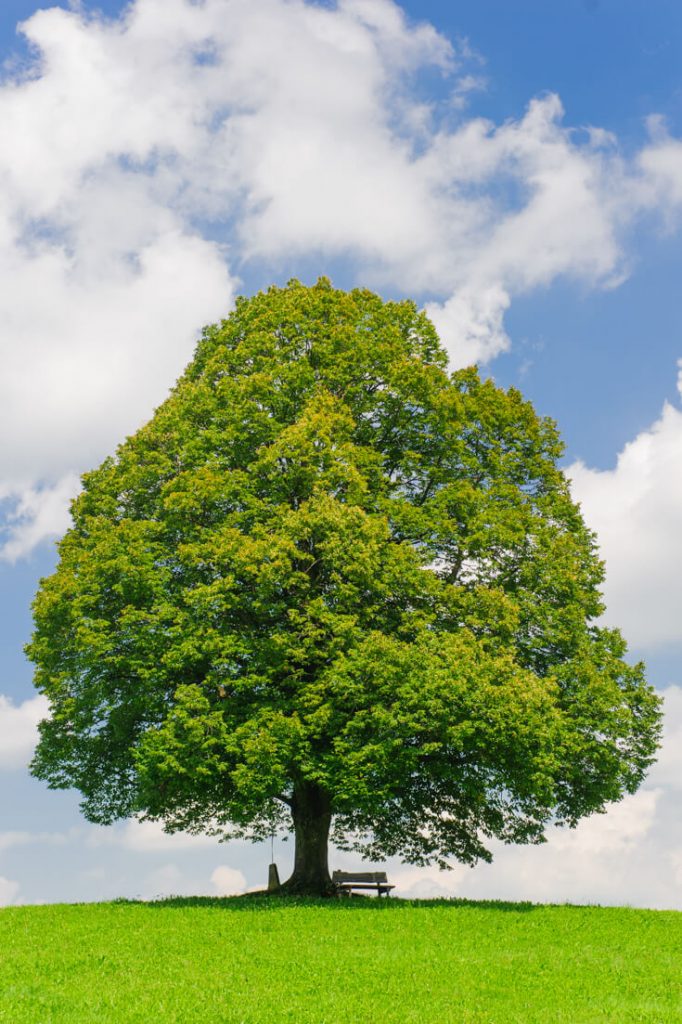
Since there are 30 different types of Linden trees, each one will vary a bit in features. The American Linden tree is identified basically by the buds and the twigs on the tree as they tend to have a reddish tint to them as well.
Linden Buds
Most Linden trees are easy to identify based on their buds and shapes of their leaves.
Another fun Linden tree fact is, you can eat the bud to try to determine the type of Linden tree.
Linden buds will actually vary on taste. Some are super sweet, some are not.
Each variety of Linden tree can offer a different flavor which can help to identify the type of Linden variety it is.
There are no terminal buds on Linden trees.
Linden Tree Bark
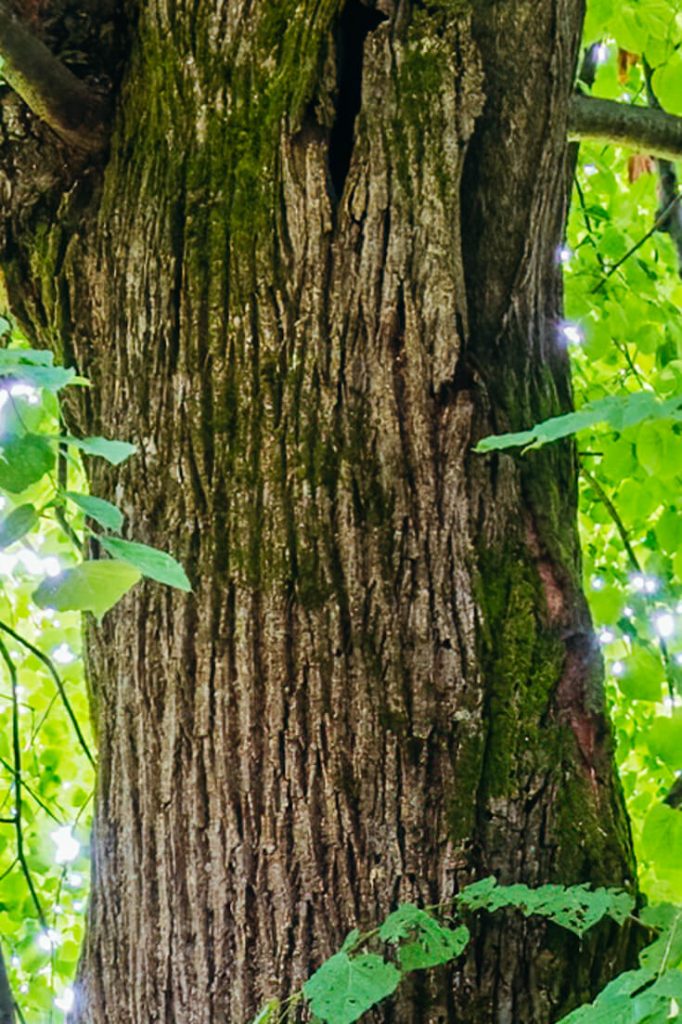
Pay close attention to the bark of a Linden Tree tree as it can look similar to an Ash tree bark.
Linden Leaf
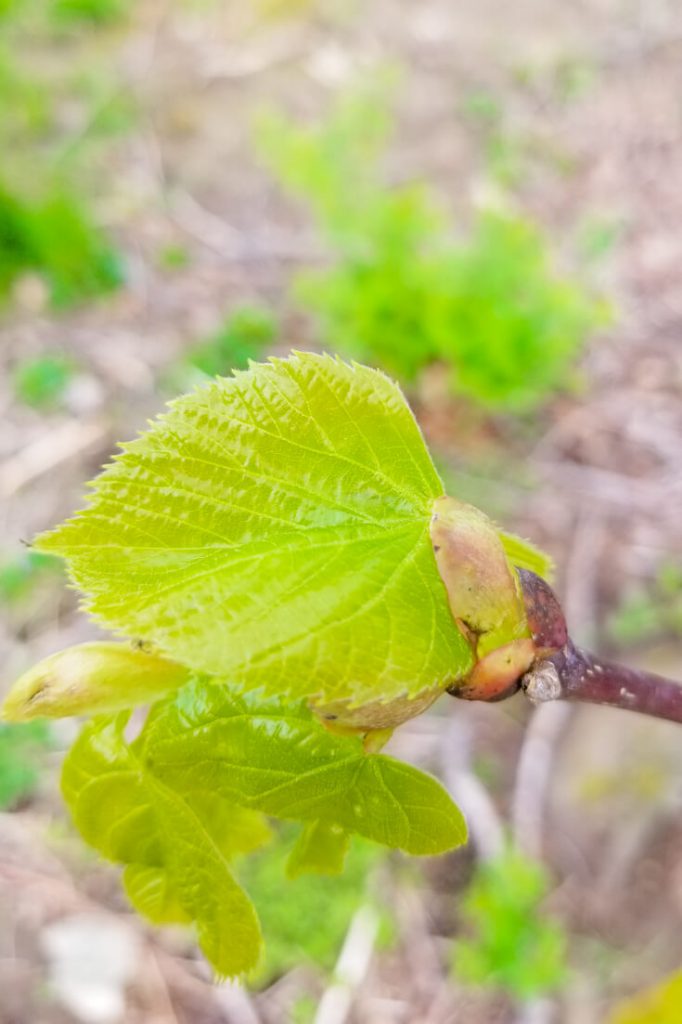
When you’re looking at a Linden leaf, there are some characteristics to pay attention to.
- They’re oblique in size.
- They are a dark green top layer with a light green coloring underneath.
- They’re typically no longer than 3 inches.
They can sometimes be broader than they are long and if you’re looking at their tips, you’ll notice that they come to quite a point. Even their edges are serrated and pointy as well.
Linden Fall Color
Linden trees aren’t actually that beautiful during the fall. You might notice that a few of them turn yellow but for the most part they don’t change colors.
If you’re looking for a tree with beautiful fall colors, the Red Maple tree would be a much better choice.
Where do Linden trees grow?
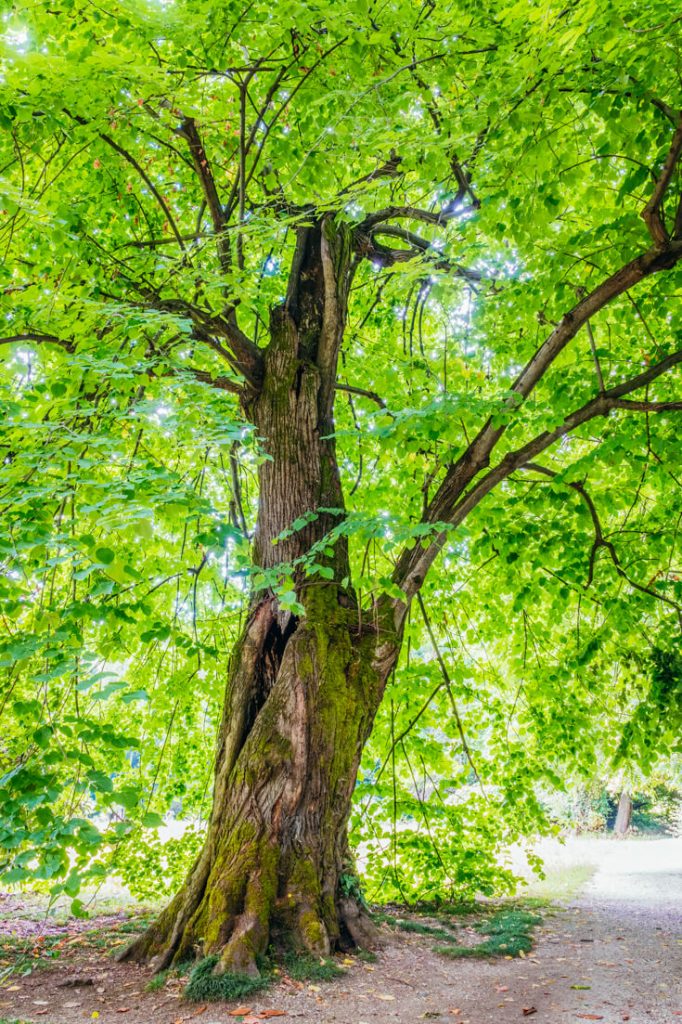
Linden trees are found all across the eastern parts of the United States. However, the Cordata species doesn’t like hot humid weather so that is something to consider if you have that species.
The Linden tree grow well in dry soil which is better than some other popular trees.
Will a Linden Grow in Shade?
No, they will not grow in the shade. They need at least partial sunshine to have a good growth habit.
Can Linden Grow in Full Sun?
Yes, they will grow in full sun and will grow in partial sunshine as well. They need a lot of sunlight to have a proper amount of growth.
Linden Growth Rate
The cordata species of the Linden tree will grow up to 15 feet over the span of a 5-10 year period.
Linden Tree Pruning
Linden trees don’t require a ton of maintenance. They take very little pruning and they continue to hold their shape on their leaves even if you don’t prune.
You will probably need to thin them or raise the crown if not, you’ll notice that some of them have co-dominant stems.
Linden Disease and Insects
While there are some diseases and insects that will be attracted to this tree, they usually aren’t serious and are not a big deal.
The worst insects that you’re going to have to deal with are Japanese beetles and aphids.
More Linden Tree Facts
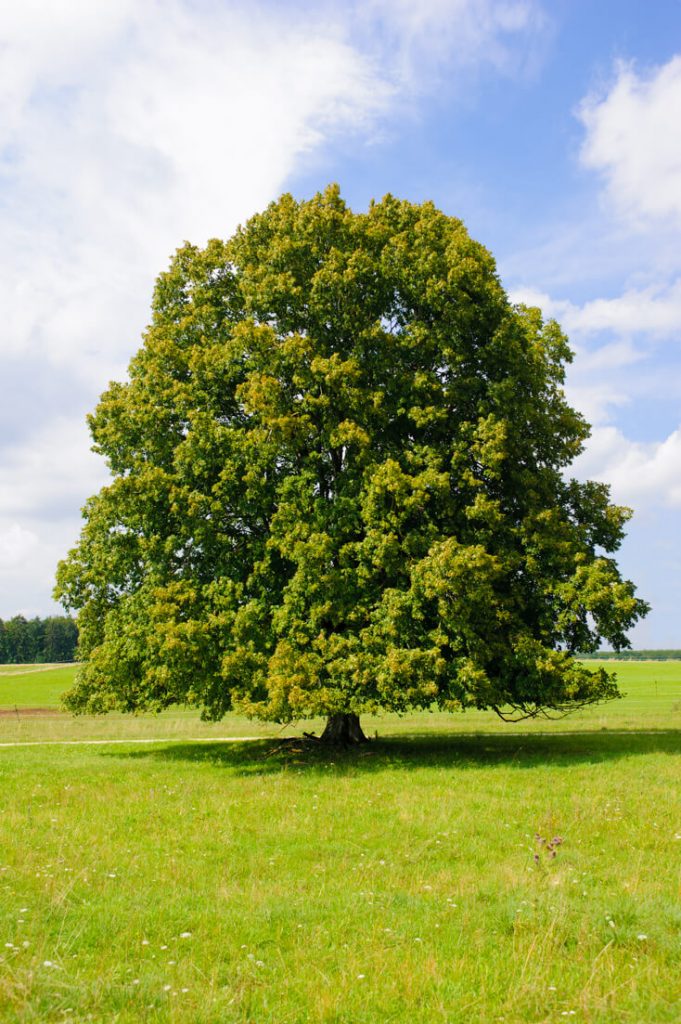
Since there are so many facts about Linden trees, here are a few more important things to know:
- If you’re wanting to use Linden trees for landscaping, choose the Tilia cordata or the European linden as your choices.
- If you’re looking to replace a Bradford Pear tree, the Tilia cardata is a great option because it can withstand the harsh soil and maintains a beautiful shape that requires minimal maintenance.
- Don’t try to split Linden wood – it’s really quite a hard wood
- Linden trees are very fragrant when they do bloom and they’re going to attract a lot of bees to the area.
Linden Tree Facts Conclusion
Adding Linden trees to your yard is a great choice because they are simple to maintain and keep their shape easily so they look really nice too!
You may also be interested in:
Bald Cypress Tree Facts (Taxodium distichum)
White Oak Tree Facts ( Quercus alba)
Silver Maple Tree Facts (Acer Saccharinum)
Be sure to share this post and pin it for later:


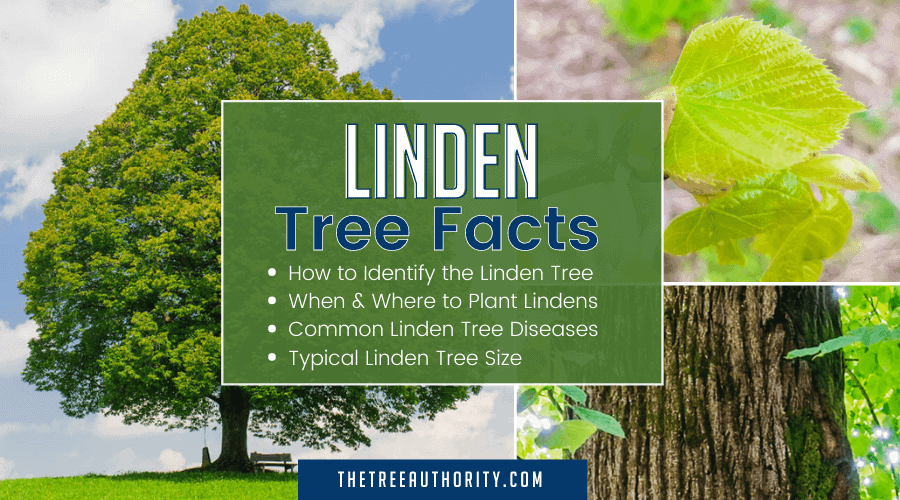


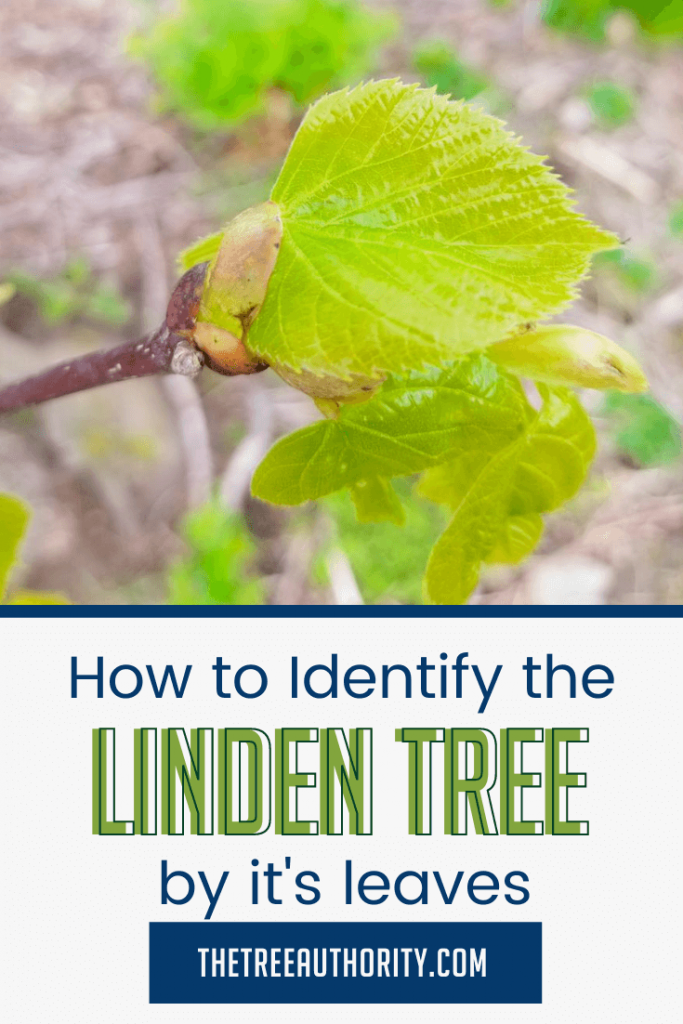
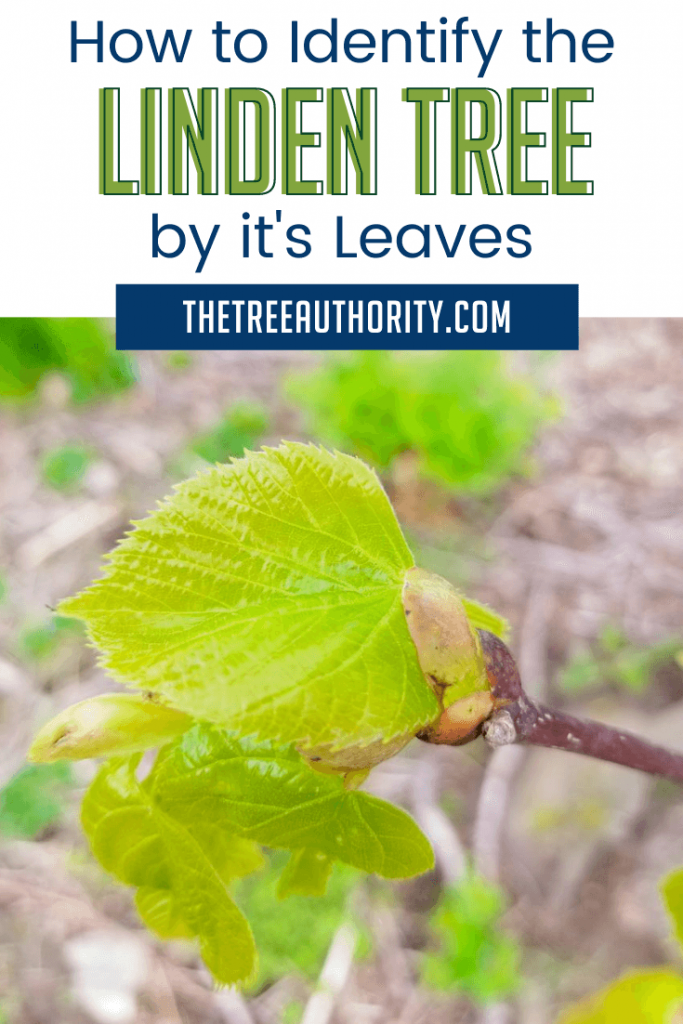
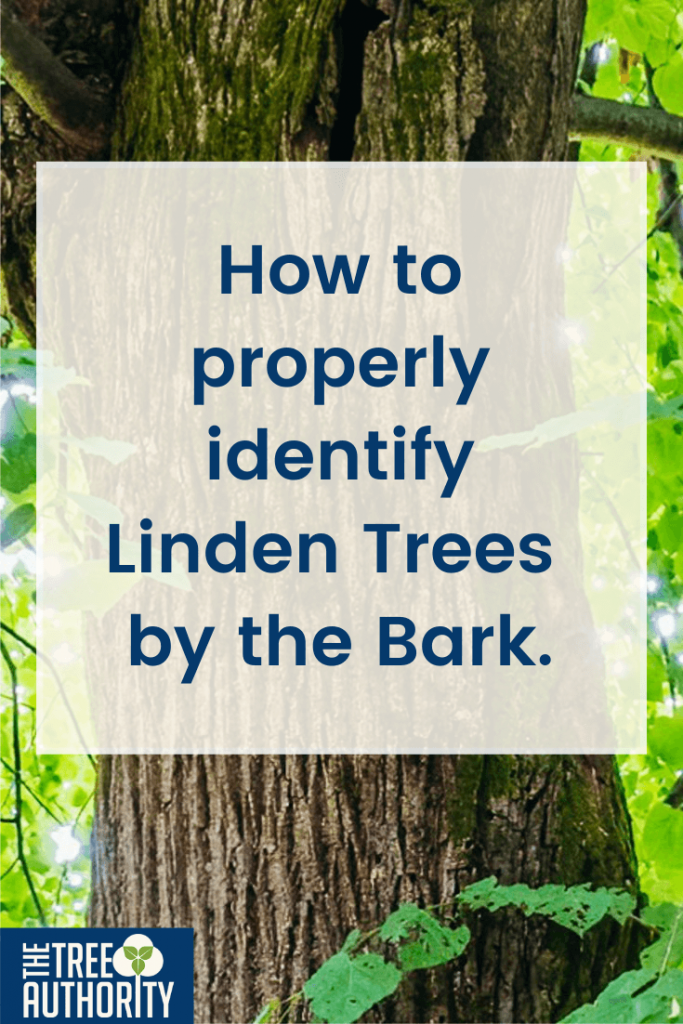
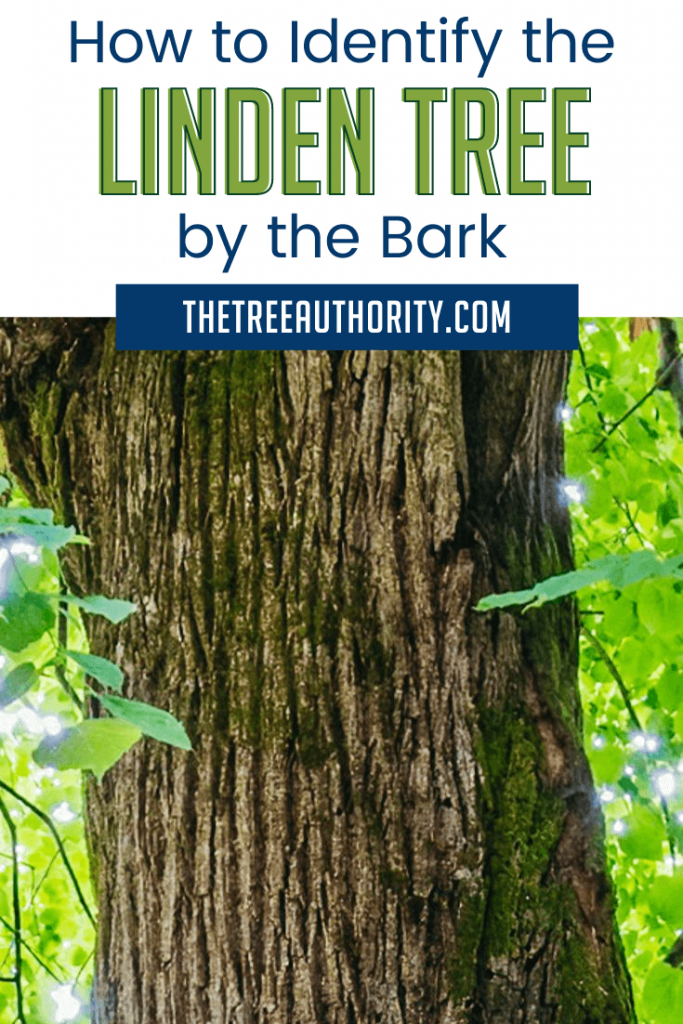
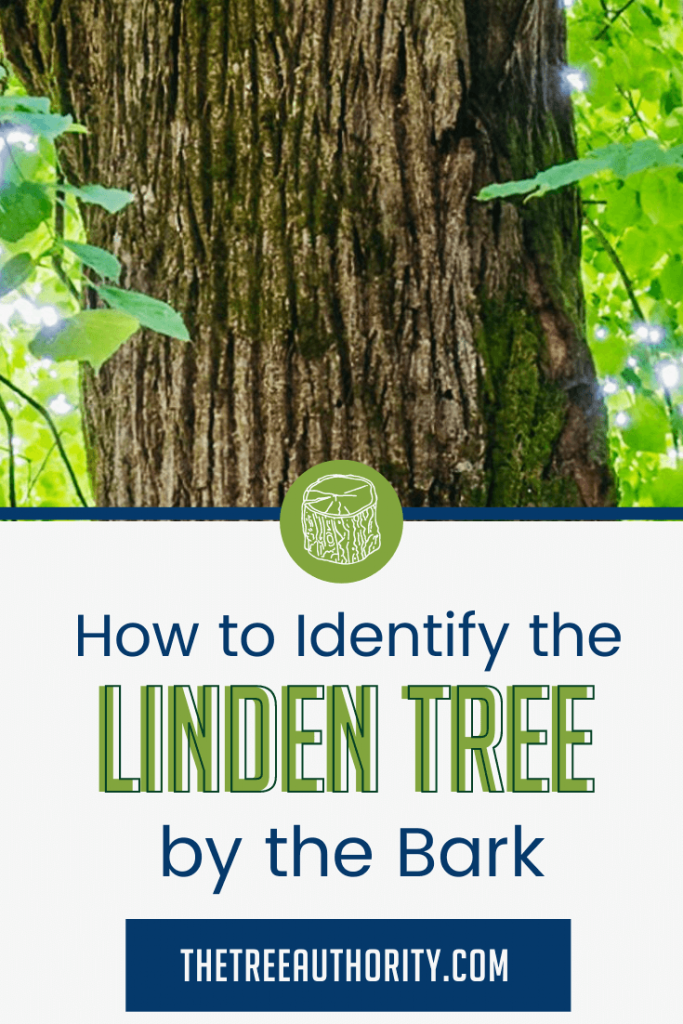



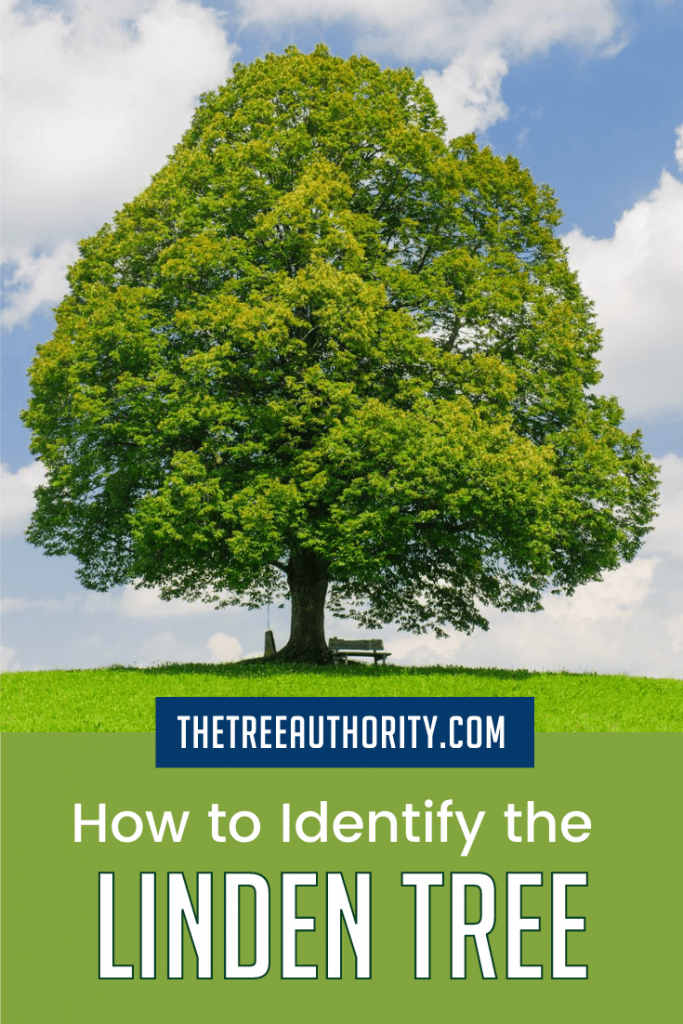
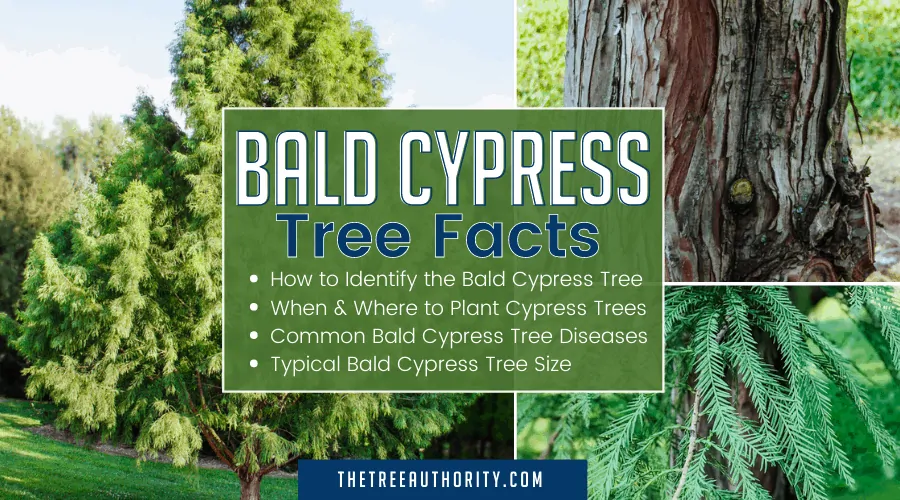

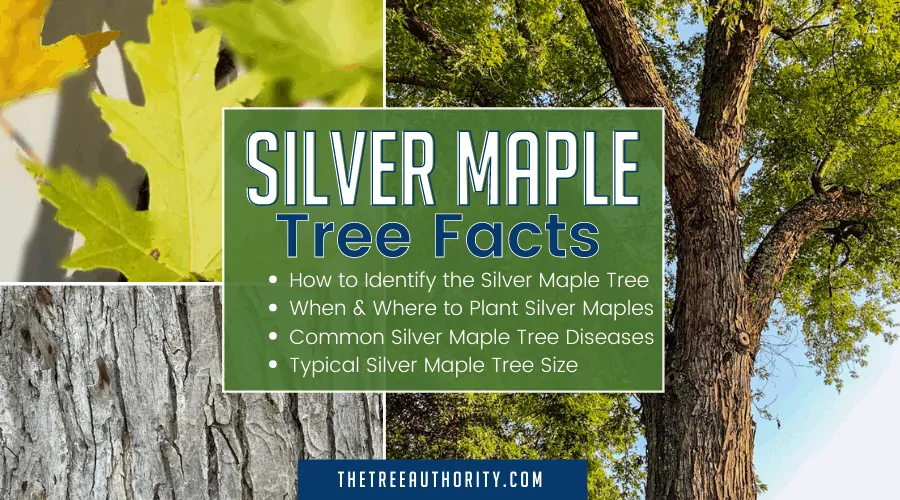
My two Linden trees are starting to get a large vertical crack/split in the bark, both on the south side. Is this a sign of disease? Is there a way to prevent it becoming worse?